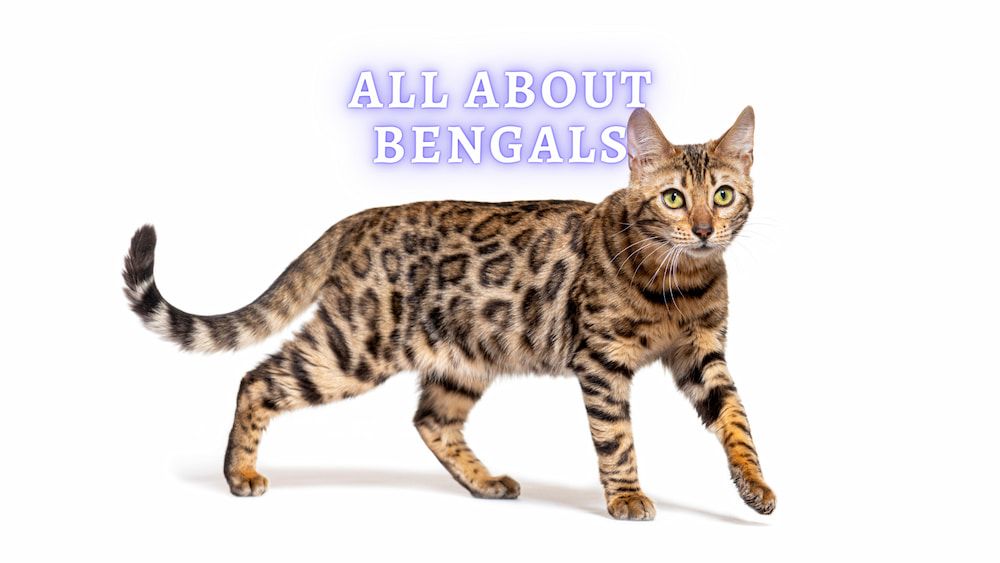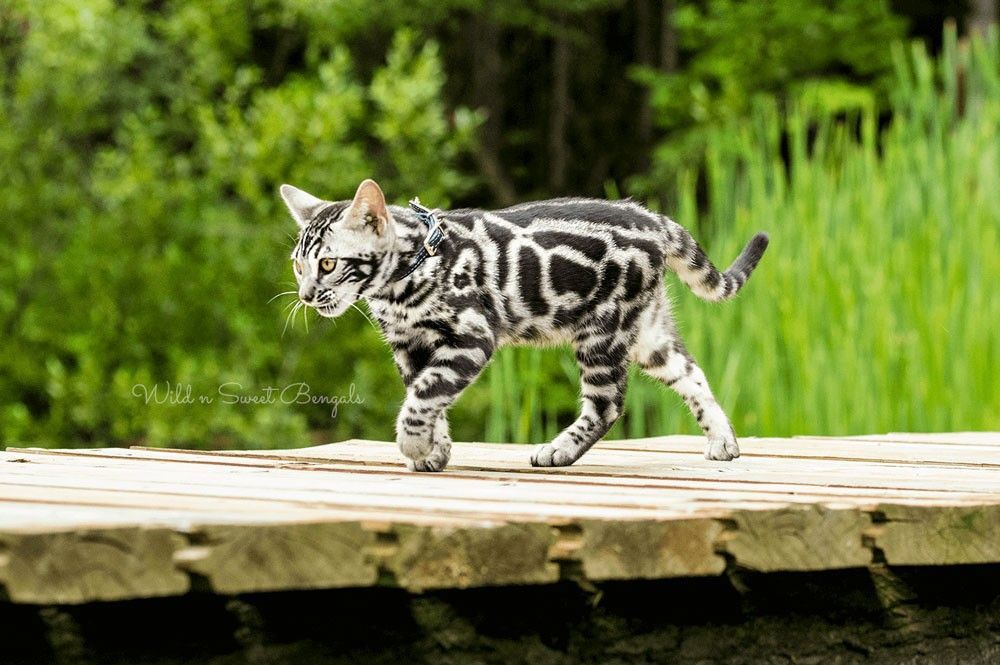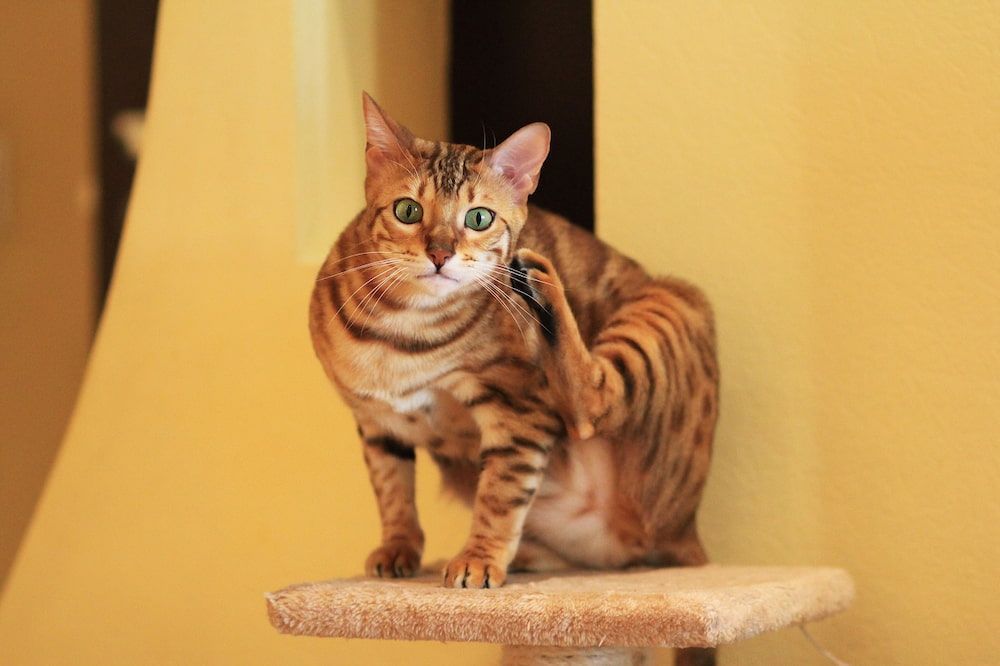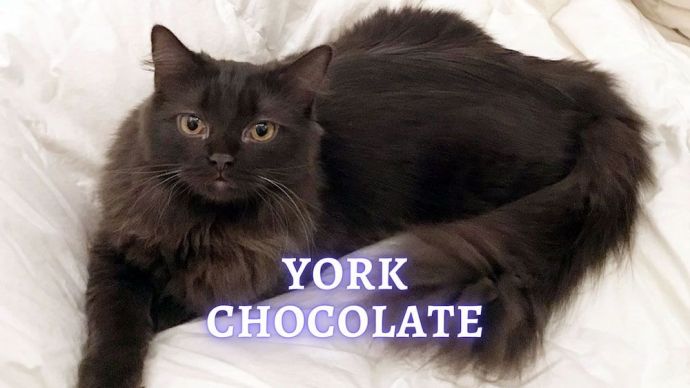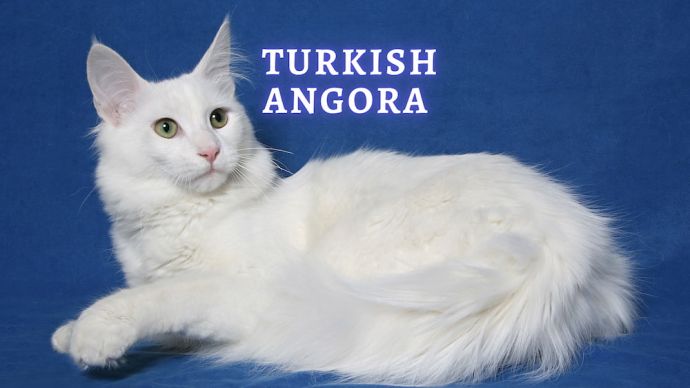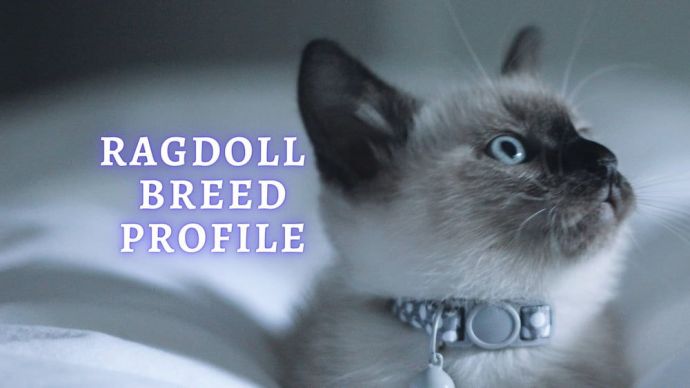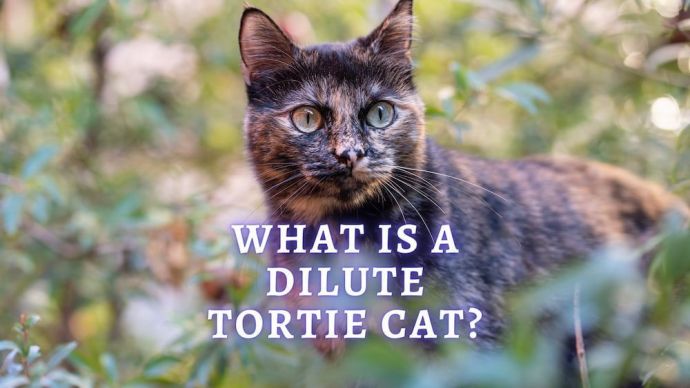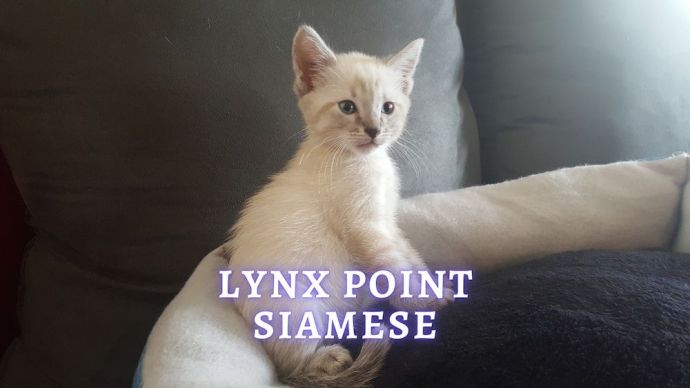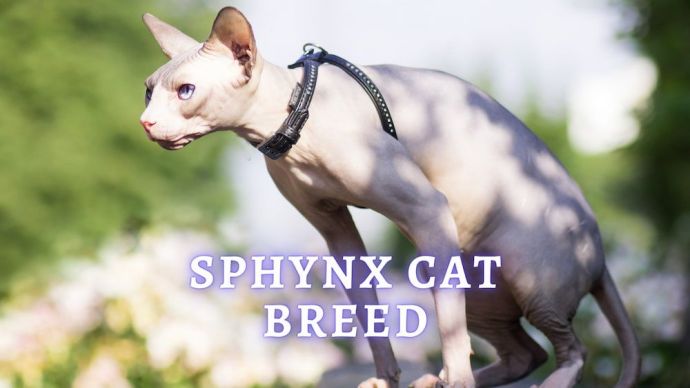Bengal Cat: Bengal Cat Breed Information, Pictures, Behavior and Care
Written by:
Author: Seb Jenkins
Seb is a professional SEO writer with a degree in Journalism, he has five years of experience in writing and editing. Seb specializes in topics like dog and cat breeds, aquarium guides, and pet care. He is passionate about educating and entertaining animal owners worldwide. In his spare time, Seb enjoys writing fiction novels.
View all 83 articlesLearn about our editorial process and veterinary review board.
Viewed: 113
Updated on: 06/08/2023
When welcoming a new feline friend into your home, it is rarely as simple as picking the one you think is most adorable. Researching personality traits and needs is necessary to determine whether a cat fits into your family dynamic. It certainly comes as no surprise that you are researching the Bengal cat as the next possible addition to your family. Fortunately for you, we have compiled an all-you-need-to-know guide right here.
Characteristics
The following are the main characteristics shown by the Bengal cat:
| Length | 17-22 inches |
| Height | 13-16 inches |
| Weight | 8-17 pounds |
| Lifespan | 10-16 years |
| Colors | Brown, black, and silver |
| Group | Medium-to-large cat |
| Temperament | Energetic and entertaining |
| Intelligence | Very high |
| Social skills | Social and friendly |
| People skills | Chatty and friendly |
| Children | Very kid friendly |
Interesting Facts
- A Bengal cat was once purchased for over $50,000.
- They were once labeled the ‘Rolls Royce’ of cats.
- The Bengal breed can play fetch.
- They enjoy a bath and shower.
Breed History
Although the Bengal cat is very much a domesticated feline, it does descend from something a little wilder, which you may be able to tell from its general appearance.
The Bengal cat breed descends from the wild Asian leopard cat, which is also where the modern-day name comes from. Asian leopard cats are called Felis Bengalensis if you look at their official scientific name.
Back in the 1950s and 60s, Asian leopard cats could be purchased at your local pet store, believe it or not. As such, they were eventually bred with domestic shorthairs to create the Bengal cross.
The first known example of a Bengal came from Californian breeder Jean Mill, although she didn’t exactly set out to achieve this. Mill purchased an Asian leopard cat and welcomed it into the home alongside her existing black tom cat. However, the two cats ended up getting a lot closer than she thought. Mill made the mistake of assuming the two breeds would not mate and was soon handed a litter of crossbreeds. Out of this litter, she kept just one spotted female. Once that female was bred once more, a litter of spotted and solid kittens was born – as was the beginnings of the Bengal breed.
Across at Loyola University at a very similar time, Asian leopard cats were being crossed with domesticated felines by Dr. Willard Centerwall. The research revolved around whether the Asian leopard cats’ resistance to the feline leukemia virus could be passed on to crossbred litters.
Over the years, interest in crossbreeding these two creatures increased, with Jean Mill amongst those leading the way. She even purchased some of the litter from Dr. Centerwall’s research to get started.
In order to be considered a Bengal breed today, the car must be at least four generations down from any cat with wild bloodlines. In 1983, the Bengal breed was recognized for the first time by the International Cat Association, although only as an experimental breed. This was upgraded to full recognition just eight years later. Since then, it has been recognized by the United Feline Organization, the Canadian Cat Association, and the American Cat Fanciers Association.
Bengal cats have become very popular and high in demand over the tears, with one woman in 1990 paying a whopping $50,000 to bring one to Britain. She believed the breed was the ‘Rolls Royce’ of cats.
Temperament and Personality
Bengal cats are known to be fun little bundles of energy to have around the home. They are very active cats, but also very clever. That makes them entertaining yet inquisitive and challenging to deal with at times. They are always on the lookout and stay alert throughout the day, but remain chatty and friendly with their favorite humans.
Unlike some cats, Bengals love to play fetch and can be taught a number of tricks – pretty easily, we might add. These are very clever cats, after all. However, they can also be a little cheeky at times, bordering on destructive. It is not uncommon for them to knock things off shelves, turn light switches on and off, and generally play with things you don’t want them to play with.
Once again, unlike most cats, the Bengal breed loves water. This is pretty unusual for felines, who often stay away from the stuff at all costs unless they need a drink. The Bengal, on the other hand, loves a little bath or shower from time to time. That does also mean that fish are at risk if you have a tank or pond, so beware.
The Bengal cat is a big climber. If you find the highest possible point in a room, there is a could chance they will be up there. As such, we recommend investing in the tallest cat tree you can fit inside your house.
Despite how active and mischievous this little cat can be, they are also equally at home sitting on your lap and chilling out. They are also known to sleep on your bed, no questions asked.
| Category | Rating (out of 5) |
| Affectionate with family | 5 |
| Shedding | 2 |
| Health | 3 |
| Playfulness | 5 |
| Vocal | 2 |
| Kid-friendly | 5 |
| Stranger-friendly | 3 |
| Easy to groom | 4 |
| Pet-friendly | 5 |
| Intelligence | 5 |
Feeding and Diet
Like most cats, the Bengal is always at risk of obesity, so you need to watch how much you feed them. We recommend talking to your vet to come up with a specific diet plan for your cat, depending on their age and activity levels.
Most Bengal owners find that a grain-free or raw diet is best for their Bengal, which is particularly the case for those within the first three generations. We recommend opting for a grain-free and formulated diet.
It is also always a good idea to purchase food that is aimed towards your cat’s age range to ensure they are getting all the stuff they need in order to remain healthy. You should also cater the portion size to the size of your Bengal cat and their energy levels – to avoid them becoming overweight or malnourished.
READ MORE: Best Cat Food for Bengals
Grooming and Shedding
The Bengal has a short and thick coat, which is great news for you. That means they only need a brush once per week to remove any loose fur, or dead skin and to ensure that skin oils are evenly distributed. You don’t need to give them a bath unless they are very dirty for some reason, but as we explained above, the Bengal cat does quite enjoy a bath or shower.
You should also take the chance to brush their teeth and trim their nails to keep their health at an optimum. Brushing once per day is best to reduce the risk of periodontal disease, but a weekly brush will often be enough. Nails should be trimmed once every two weeks or so.
We also recommend checking/cleaning their ears to prevent the build-up of dirt and bacteria – just be sure to keep using clean parts of the cloth so you don’t spread any infection.
We recommend that you keep your Bengal as an indoor cat, as you don’t want them to get into a fight against other cats, dogs, or wild animals. They are also a theft risk due to how in-demand and beautiful they are. If it is possible for you to build or purchase an outdoor enclosure for them, that would be ideal to give them space to explore and climb.
Known Health Problems
The Bengal cat breed is generally healthy, but you should still keep an eye out for common problems which can be found in mix breeds:
- Distal neuropathy;
- Flat-chested kitten syndrome;
- Hip dysplasia;
- Hypertrophic cardiomyopathy;
- Patellar luxation;
- Progressive retinal atrophy;
Regular vet check-ups are a necessity with any animal no matter their track record of health. One thing to look out for, which is standard with many cats, is signs of dirt building up in the ears, which can lead to a possible infection. You could also look to converse with your vet about a tooth-brushing plan for your Bengal. Our general advice would be to always be on the lookout for changes in their behavior or any signs of pain/distress.
Exercise
The Bengal cat enjoys good playtime. If you don’t entertain them enough throughout the day, they may resort to some mischief. We recommend cat toys and puzzles and setting aside at least ten minutes or so to play with them every single day. They are very clever cats, so need lots of stimulation. They also love running, jumping, and climbing, so investing in a cat tower and things for them to climb on is a must to keep them healthy and entertained.
Adoption
Even though they are high in demand, Bengals do also end up in adoption shelters from time to time, so the chances of finding one in a shelter or adoption agency are pretty decent. Of course, we always recommend giving a home to a kitten who needs one rather than purchasing a bred kitten.
If you want to try and find a Bengal adoption, these are good places to start:
- Bengal Rescue Network (USA, Canada, UK, and Australia)
- Great Lakes Bengal Rescue (USA – midwest)
Breeders
This is your best chance of finding a Bengal local to you. The Bengal is quite a popular cat across North America, with there being numerous well-respected breeders. Some simple research into your local area should reveal some breeding options to you. Always select a breeder who has good reviews to ensure that you are actually getting a healthy Bengal kitten rather than something else.
Conclusion
And there we have it, everything you need to know about the Bengal breed. They truly are a joy to have around the family home and will be a welcome addition to your group. If you have any further questions, feel free to get in touch or post a message in the comments section below. We wish you all the luck with your new pet.
FAQs:
Are Bengal cats good house pets?
Bengal cats are very good house pets, and should ideally be exclusively indoor cats unless you have a contained outdoor enclosure for them to play in. They are friendly, chatty, entertaining, and high energy. However, they can be a cheeky little housemate if they are not kept busy and entertained. So be prepared for them to knock things over and flick light switches on and off.
Are Bengal cats expensive?
Bengal cats are pretty expensive, ranging from $1,500 to $3,000 on average. They have become very popular and sought-after cats in recent years. But, if you can afford them, these little bundles of joy are worth every penny.
Why are Bengal cats so special?
The Bengal cat descends from the Asian leopard cat, which is where it gets its wild appearance from. They are among the smartest breeds of cats on the planet, can be taught tricks, love playing fetch, and enjoy baths and showers – that makes them pretty unique and special.
Do Bengal cats like being held?
The Bengals are very affectionate and loving. This means they enjoy lots of attention and love from their favorite humans. They may not enjoy being picked up or held, but will come to you when they want to receive your affection. Some Bengals even enjoy having their belly rubbed, which is rare for a cat and shows a lot of trust.
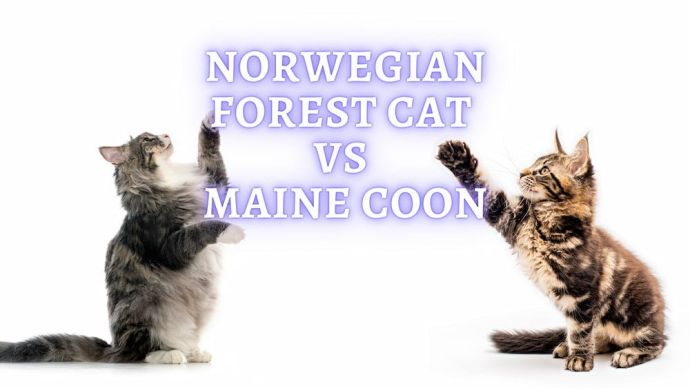 Cat Breeds Norwegian Forest Cat vs. Maine Coon: What are Their Similarities and Differences?
Cat Breeds Norwegian Forest Cat vs. Maine Coon: What are Their Similarities and Differences? - 162
- 0
 Cat Care Why Does My Cat Attack My Legs? 10 Reasons Why and What To Do About It (Vet-Approved Advice)
Cat Care Why Does My Cat Attack My Legs? 10 Reasons Why and What To Do About It (Vet-Approved Advice) - 46013
- 21
 Cat Veterinary Tips Cat Stomach Gurgling: Vet Advice on Why is Your Cat Stomach Gurgling?
Cat Veterinary Tips Cat Stomach Gurgling: Vet Advice on Why is Your Cat Stomach Gurgling? - 36469
- 4
 Cat Veterinary Tips My Cat Lost its Voice: Can Cats get Laryngitis? (Vet Advice)
Cat Veterinary Tips My Cat Lost its Voice: Can Cats get Laryngitis? (Vet Advice) - 23554
- 13









